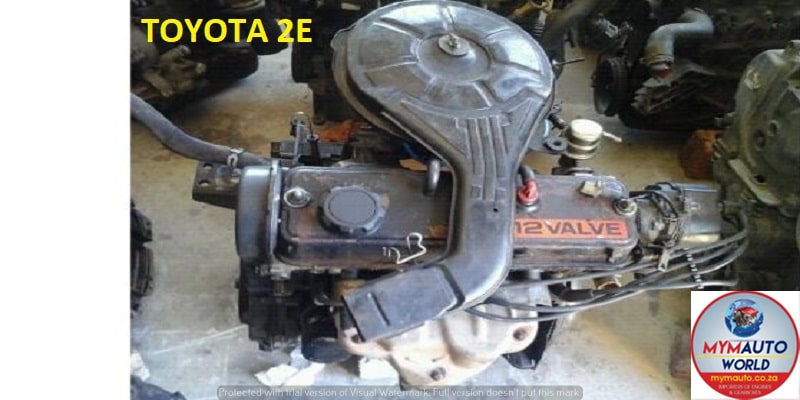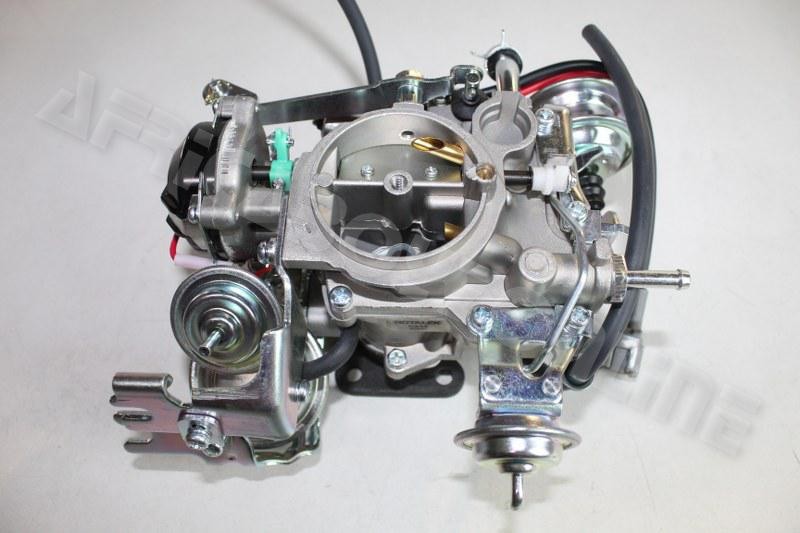Toyota Tazz: A Look at Its Popularity and Longevity in the Automotive Industry
Toyota Tazz: A Look at Its Popularity and Longevity in the Automotive Industry
Blog Article
Discover the Newest Trends in Engine Innovation Through Tazz
In the swiftly evolving landscape of vehicle innovation, Tazz stands at the center, highlighting significant advancements in engine systems that focus on both development and sustainability. tazz. From crossbreed engines that optimize fuel effectiveness to the appearance of hydrogen gas cells, the fads shaping modern powertrains are not only enhancing performance but also dealing with vital ecological difficulties. As the market proceeds to press limits, it is important to take into consideration just how these growths will certainly influence future transportation services and the broader implications for global power intake. What exists in advance in this critical change?
Hybrid Engine Innovations
Crossbreed engine developments represent a crucial shift in automotive modern technology, integrating the benefits of interior combustion engines with electrical propulsion systems. This integration not just improves fuel performance however additionally minimizes emissions, conference increasingly rigorous environmental regulations. By using both energy resources, hybrid engines can optimize efficiency, delivering power when required while conserving gas during much less demanding motoring conditions.
Current improvements in crossbreed innovation include enhancements in battery efficiency and regenerative stopping systems. These innovations enable greater power recuperation during slowdown, which can be rerouted to assist in velocity or power accessory systems. Suppliers are focusing on lightweight products and compact styles to optimize the performance of hybrid powertrains.
The development of plug-in hybrids has actually also expanded the marketplace, allowing vehicle drivers to bill their automobiles utilizing basic electric outlets. This feature usually permits substantial all-electric variety, further lowering dependancy on standard fuels. tazz. As the vehicle sector continues to advance, hybrid engine innovations are expected to play an important duty in connecting the gap in between standard lorries and completely electrical models, offering a transitional remedy that satisfies diverse customer requirements and choices
Advances in Electric Powertrains
The automobile landscape is rapidly advancing, with electric powertrains becoming a leading force in sustainable transport. Developments in electrical automobile (EV) innovation are substantially improving user, effectiveness, and efficiency experience. Key technologies include improvements in battery chemistry, which have boosted power thickness, lowered billing times, and prolonged general battery life.
Solid-state batteries, for instance, guarantee to revolutionize the marketplace by offering higher security and effectiveness compared to standard lithium-ion cells. Developments in regenerative braking systems are making it possible for vehicles to recoup power throughout deceleration, adding to general effectiveness.
In addition to battery technology, electric motor designs are becoming a lot more advanced. Advancements such as incorporated electric motors and advanced thermal management systems are assisting to enhance power delivery and lower weight, inevitably enhancing automobile characteristics.

Jointly, these advances underscore the dedication to change in the direction of cleaner, a lot more efficient transportation services, placing electrical powertrains at the center of automotive innovation.
The Increase of Hydrogen Fuel Cells
Increasingly, hydrogen fuel cells are acquiring traction as a viable alternative to standard interior burning engines and battery electrical automobiles. This innovation uses the chemical power stored in hydrogen, transforming it into power through an electrochemical response with oxygen. The key result of this procedure is water, making hydrogen fuel cells an environmentally friendly choice with absolutely no discharges at the tailpipe.

Car manufacturers are progressively buying hydrogen fuel cell technology, recognizing its possibility for long-range applications and rapid refueling capabilities that measure up to standard gas. Furthermore, markets such as heavy-duty transportation and public transportation are particularly fit for hydrogen fuel cells, where battery electric options might fail due to weight and variety limitations.
As study and investment continue to increase, hydrogen fuel cells are positioned to play a significant function in the future landscape of clean transportation and power solutions.
Enhancements in Internal Combustion Engines
Technologies in internal burning engine (ICE) modern technology are transforming standard cars to fulfill contemporary ecological standards and efficiency assumptions. Among one of the most significant improvements includes the assimilation of sophisticated gas injection systems. These systems enhance the air-fuel mixture, improving burning effectiveness and causing reduced discharges. Straight gas shot, for example, allows for far better atomization of fuel, resulting in more complete burning and boosted power result.
Furthermore, turbocharging has actually obtained prominence, permitting smaller engines to deliver higher efficiency without the weight of bigger engines - tazz. This modern technology not just boosts efficiency however likewise adds to lower gas usage. Variable shutoff timing systems are additionally being fine-tuned, allowing engines to adjust to numerous driving conditions for boosted torque and responsiveness
Additionally, using light-weight materials in engine construction is becoming visit this web-site conventional, further improving gas efficiency by reducing total automobile weight. Engine control units (ECUs) are increasingly advanced, allowing real-time adjustments that optimize efficiency and exhausts.
These improvements collectively symbolize a critical change in ICE technology, straightening with international sustainability goals while still giving the efficiency vehicle drivers anticipate Recommended Site from their vehicles. As the market develops, these enhancements remain to form the future of traditional automotive engineering.
Future Fads in Engine Effectiveness
Considerable advancements in engine effectiveness are expected as suppliers concentrate on integrating advanced technologies to satisfy rigorous ecological regulations and customer demands. The change in the direction of electrification, crossbreed systems, and different fuels is reshaping the vehicle landscape, driving technologies that improve gas economic situation and minimize emissions.
Among the essential patterns is the implementation of advanced products and making methods. High-strength alloys and light-weight compounds add to lowered lorry weight, thus enhancing general performance. Furthermore, the fostering of turbocharging and variable valve timing technologies permits improved power output from smaller engines, further boosting gas economic situation.

Conclusion
In final thought, the exploration of engine technology reveals significant advancements that prioritize sustainability and efficiency. Advancements in crossbreed engine systems, electrical powertrains, and hydrogen fuel cells demonstrate a dedication to reducing exhausts while boosting performance. Improvements in internal combustion engines and an emphasis on light-weight materials contribute to overall engine performance. As the automotive market remains to advance, these trends will certainly play an important role in forming a cleaner and even more sustainable future for transport.
From crossbreed engines that optimize fuel efficiency to the introduction of hydrogen fuel cells, the fads shaping informative post contemporary powertrains are not just enhancing efficiency yet additionally resolving vital ecological challenges.Crossbreed engine advancements stand for a crucial shift in automotive modern technology, integrating the advantages of inner combustion engines with electric propulsion systems.Additionally, turbocharging has actually acquired prominence, enabling smaller engines to supply greater performance without the weight of larger engines. Additionally, the adoption of turbocharging and variable shutoff timing modern technologies permits for improved power result from smaller engines, further boosting gas economic situation.
Improvements in internal burning engines and a focus on light-weight materials add to total engine performance.
Report this page